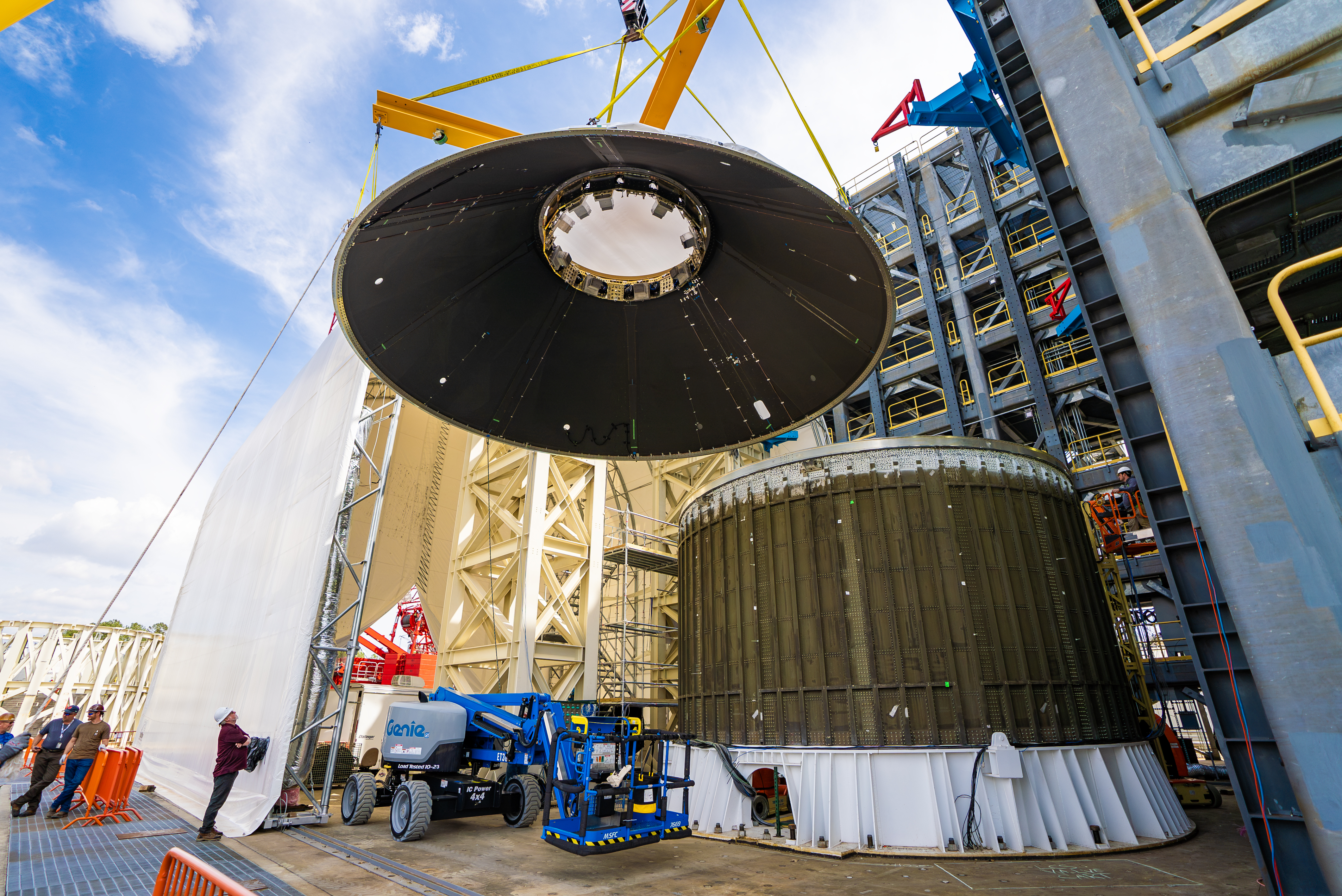Lunar Leap: NASA's Groundbreaking Manufacturing Technique Propels Moon Missions into Overdrive

NASA's groundbreaking Artemis campaign is set to revolutionize space exploration by launching astronauts, cutting-edge scientific payloads, and innovative experiments into the depths of deep space. At the heart of this ambitious mission is the powerful Space Launch System (SLS), a super heavy-lift rocket designed to propel humanity back to the Moon and beyond.
The SLS represents a technological marvel, serving as the primary vehicle for NASA's most daring space exploration efforts. With unprecedented lifting capabilities, this massive rocket will carry crews and scientific equipment on extraordinary journeys that push the boundaries of human space exploration. From lunar missions to potential deep space investigations, the Artemis campaign promises to unlock new frontiers of scientific discovery and human potential.
Astronauts will embark on missions that were once only imagined in science fiction, using the SLS as their gateway to unprecedented cosmic adventures. Each launch represents a bold step towards expanding human presence in space and unraveling the mysteries of our solar system.

